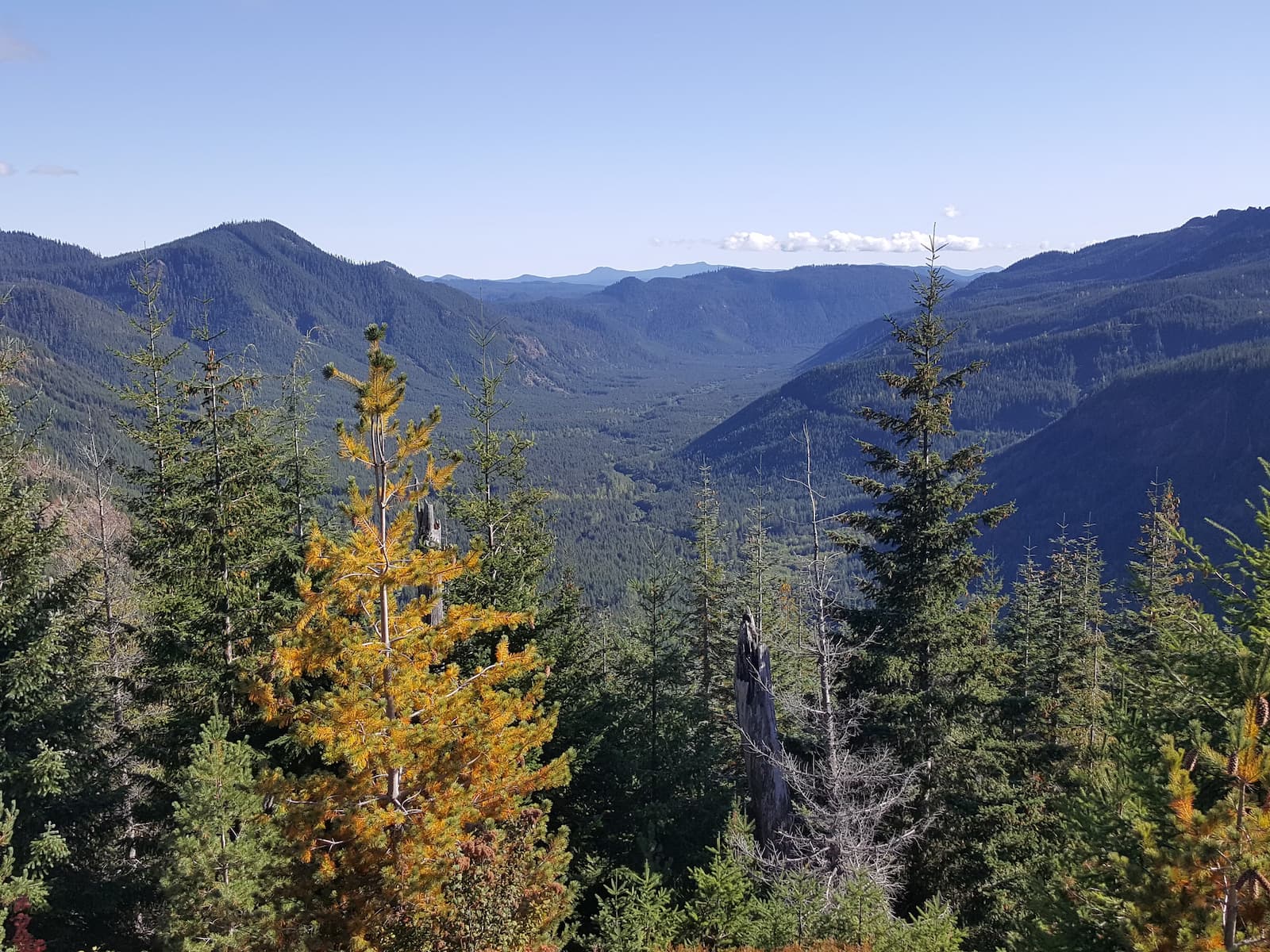545,000 acres of Washington forest show signs of stress or disease

Roughly 545,000 acres of Washington’s forestlands showed signs of insect damage, disease, or other stress in 2024, according to a new report from the state Department of Natural Resources. While that represents just 2.5% of the state’s 22 million forested acres, it marks an uptick from 2023 and is slightly above the 10-year average.
Most of the damage was caused by insects—especially bark beetles, which affected more than 270,000 acres. Among the most impacted were lodgepole and ponderosa pines in eastern and central Washington. Fir engraver beetles damaged another 80,500 acres of true fir species. A new outbreak of western spruce budworm defoliated 63,500 acres, primarily in the North Cascades.
Warming temperatures and drought are also contributing factors to forest stress. The report notes that 2024 was among the hottest years on record in Washington, with widespread drought conditions observed by late summer. These stresses weaken trees and make them more vulnerable to pests and disease.
Officials caution that while year-to-year fluctuations are normal, the trendline matters. “It’s better to make observations over a longer period, like a 10-year stretch, to gauge trendlines,” said DNR spokesperson Will Rubin. Forest health assessments like this one are used to guide management practices and prioritize treatments.
The aerial detection survey, conducted annually by DNR and the U.S. Forest Service, has mapped forest health conditions since 1947.
